After a couple of days in Östersund and at Frösö Park, which you can read about here. here we went further out towards the High Coast. Imagine our surprise when a Thai pavilion suddenly appears in the middle of the Jämtland forest. Why, you might ask, and the question is certainly reasonable. So why not stop and check out this peculiar place.
You might think this is an old story, but in fact the pavilion is not even twenty-five years old as it was inaugurated in 1999. The pavilion's real name is King Chulalongkorn Memorial Pavilion and it is the only royal pavilion outside the borders of Thailand. The reason why it ended up in Ragunda is because of a royal visit a hundred years earlier.
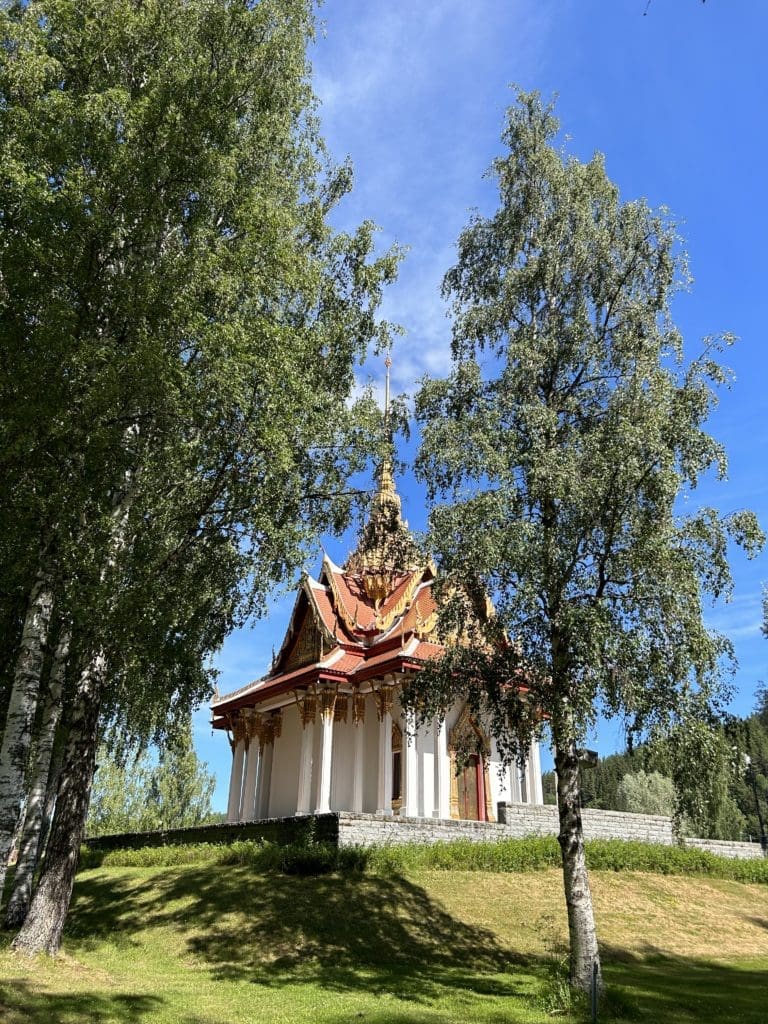
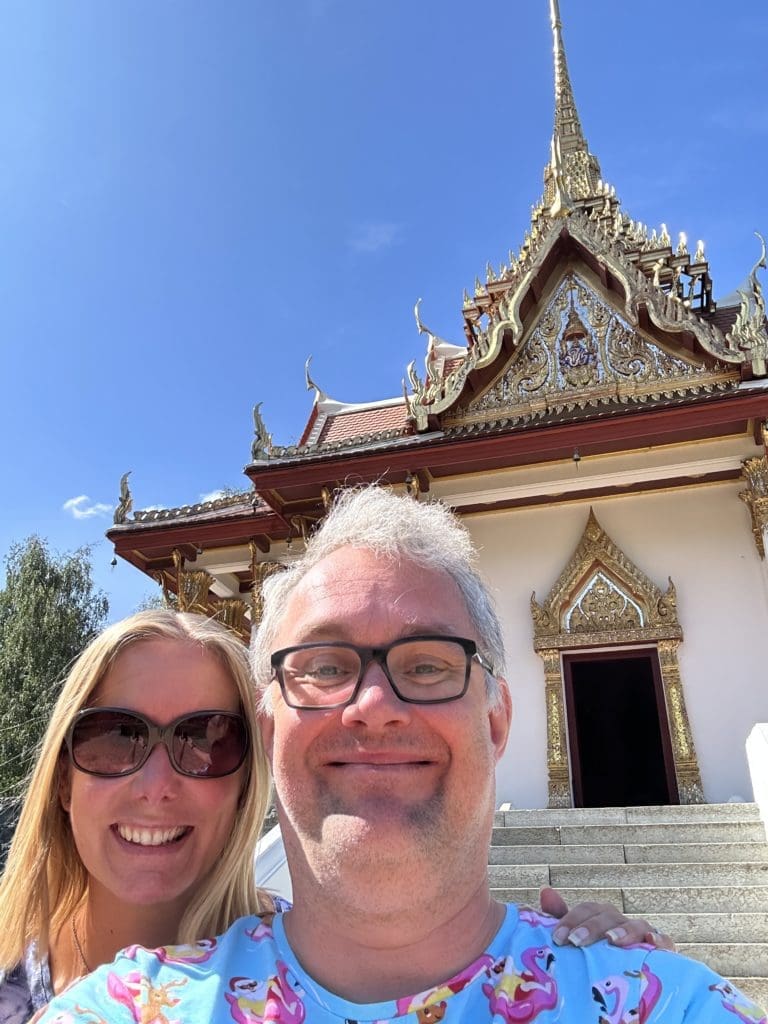

The Thai King Chulalongkorn visited Sweden in 1897 at the invitation of King Oscar II. King Chulalongkorn was a modern and popular king for his time who, among other things, abolished slavery in Thailand. In his ambition to modernise the country, he travelled extensively and visited Sweden to see the international art and industry exhibition in Stockholm. As he was also interested in Swedish sawmills, he took the opportunity to take a trip up the coast of Norrland and was very well received by the curious people of Ragunda who appreciated the exotic visit. Almost 50 years later, King Chulalongkorn had a road in the area named after him.
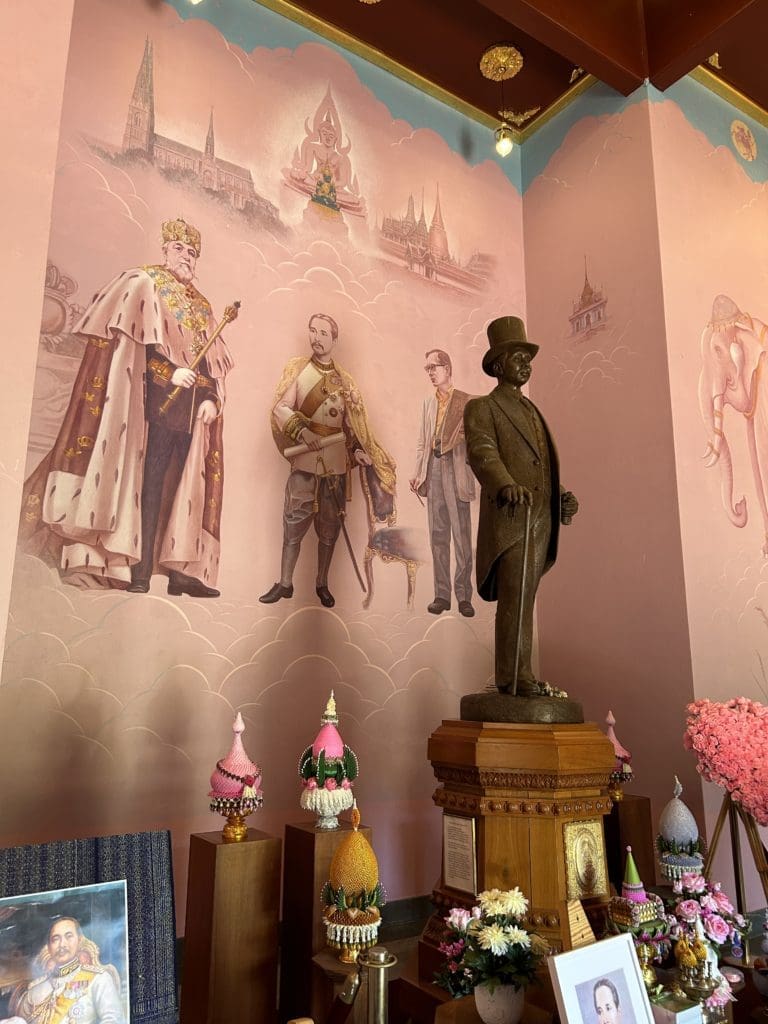
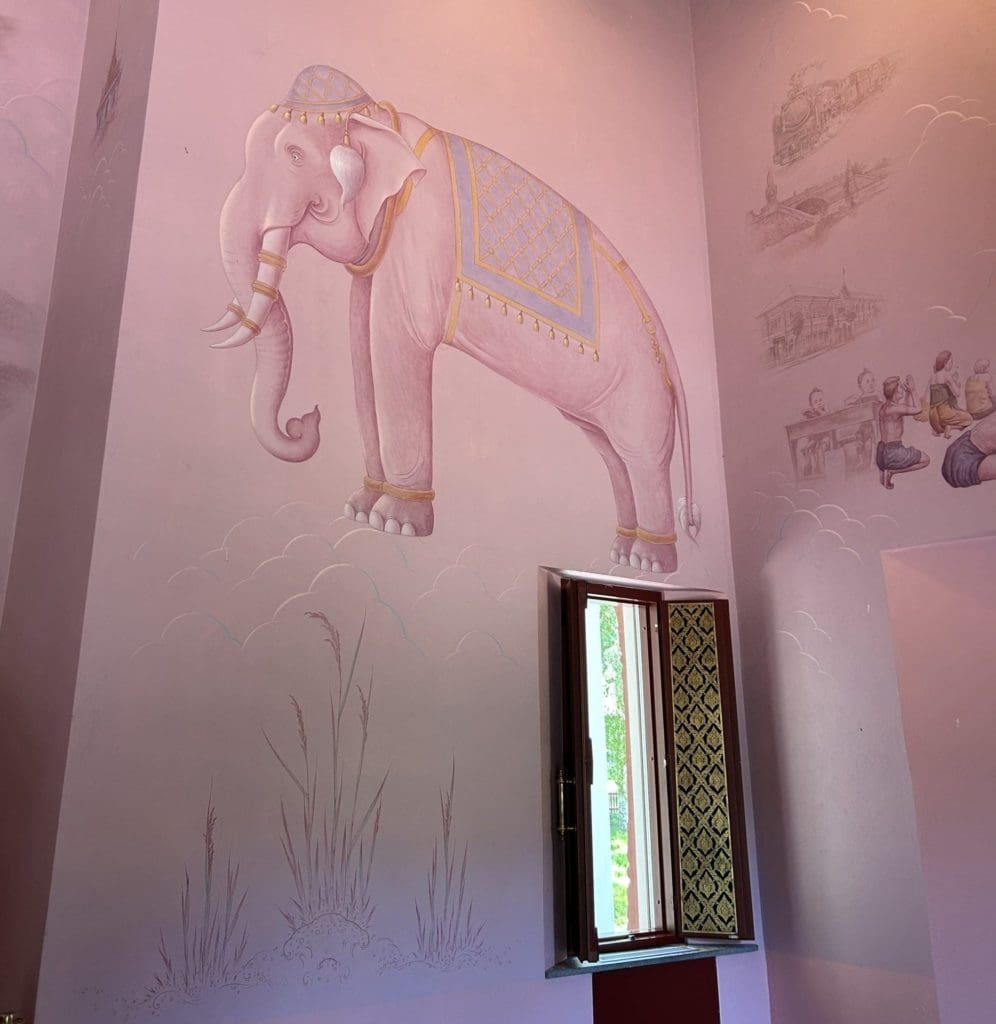
In 1992, a Thai dance group visited Ragunda and were delighted and surprised that their king had a road named after him so far from home. The following year, the Chulalongkorn Memorial Association was formed and began the process of building a pavilion. Ragunda municipality also participated in the work. Construction began in 1997, one hundred years after the King's visit, and was funded by collections and sponsors from both Thailand and Sweden. Construction companies from Jämtland were responsible for the building, while Thailand's then King Bhumibol sent craftsmen to decorate the pavilion.
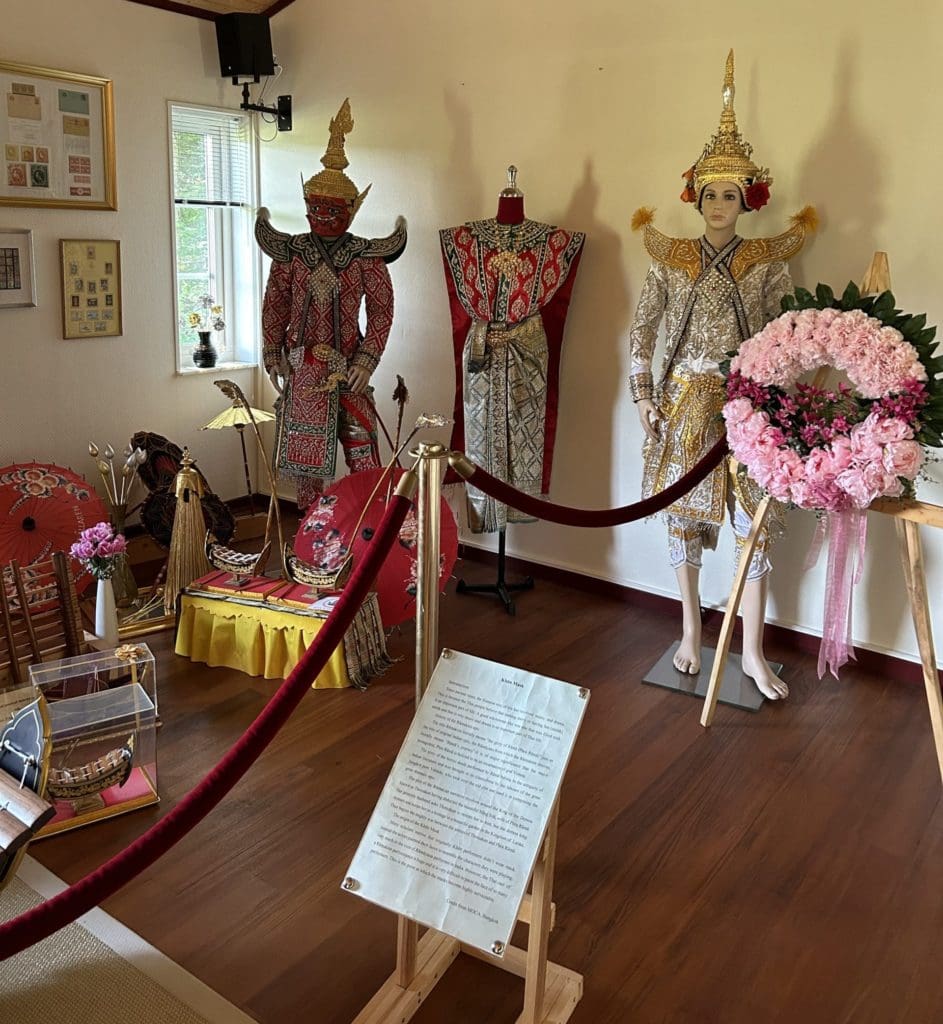

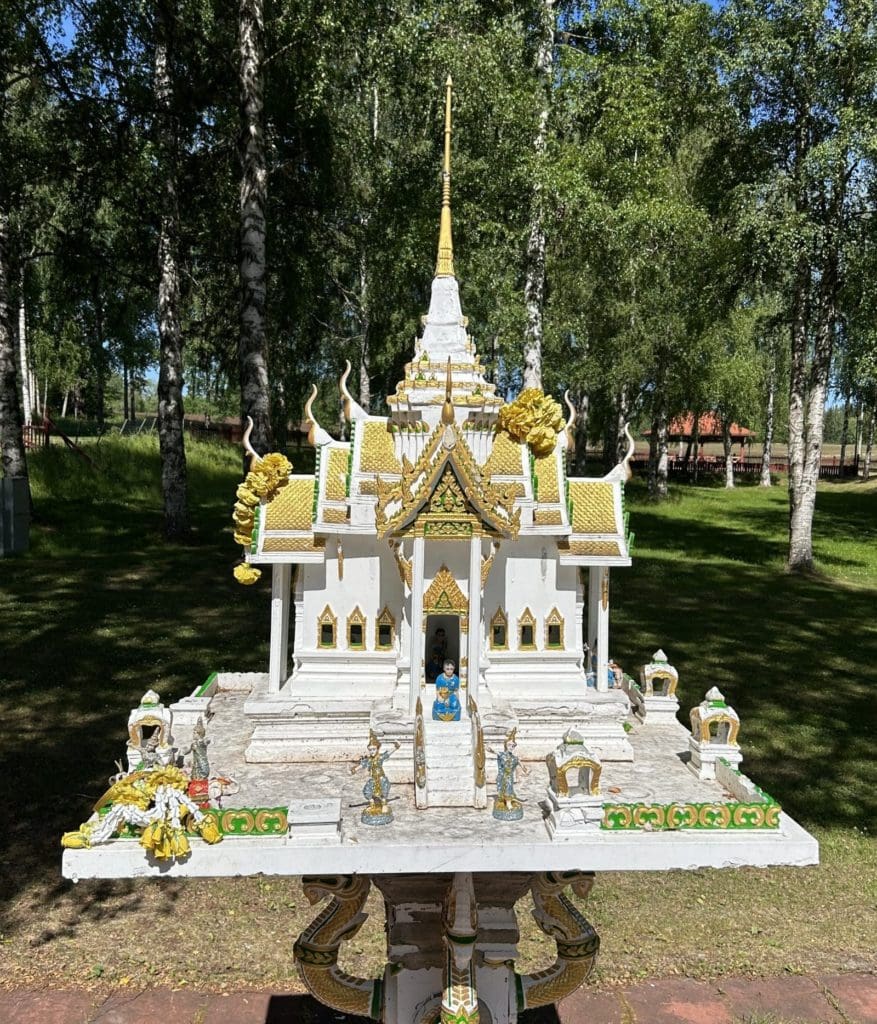
In addition to the pavilion, the beautiful park includes a cultural building and a greenhouse. The cultural building is more like a museum that displays artefacts, masks, costumes and the like from Thai culture as well as pictures and stories about the history of the area. The park also contains statues of the two elephants that our King Karl Gustaf received from the Thai king in 2004 as a thank you for his support during the tsunami. And yes, you can sit on them. 🙂
The greenhouse has just been opened to visitors so it wasn't quite fully developed when we were here, but it was a peaceful place that will surely become even more beautiful when the vegetation is more established.
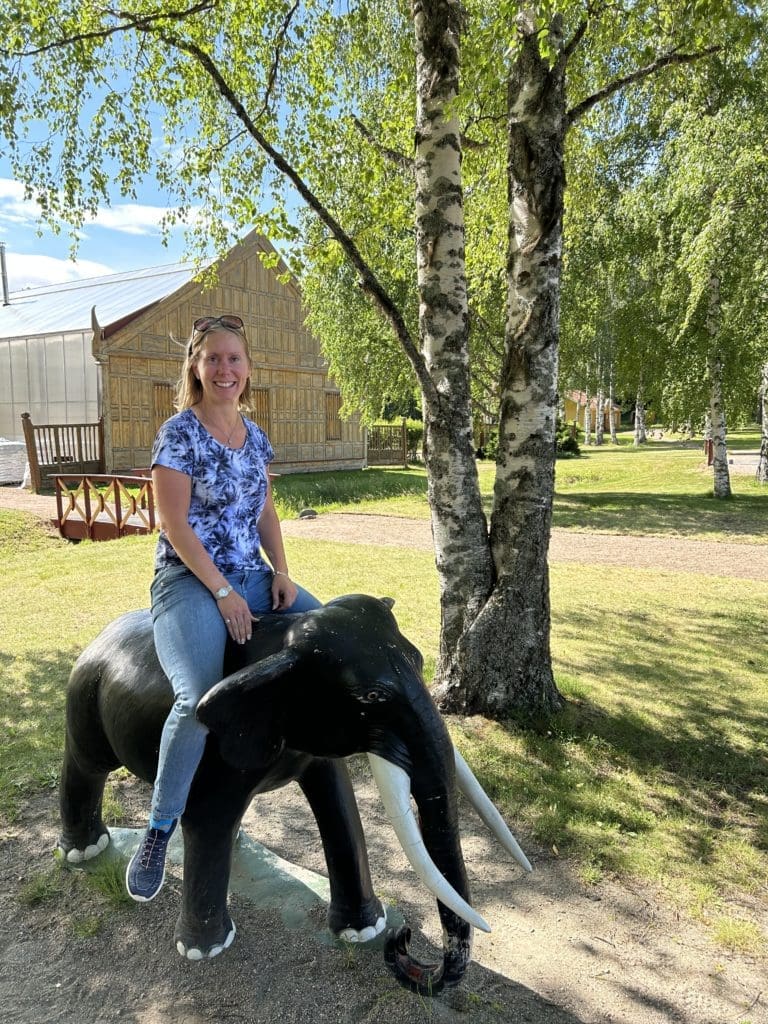

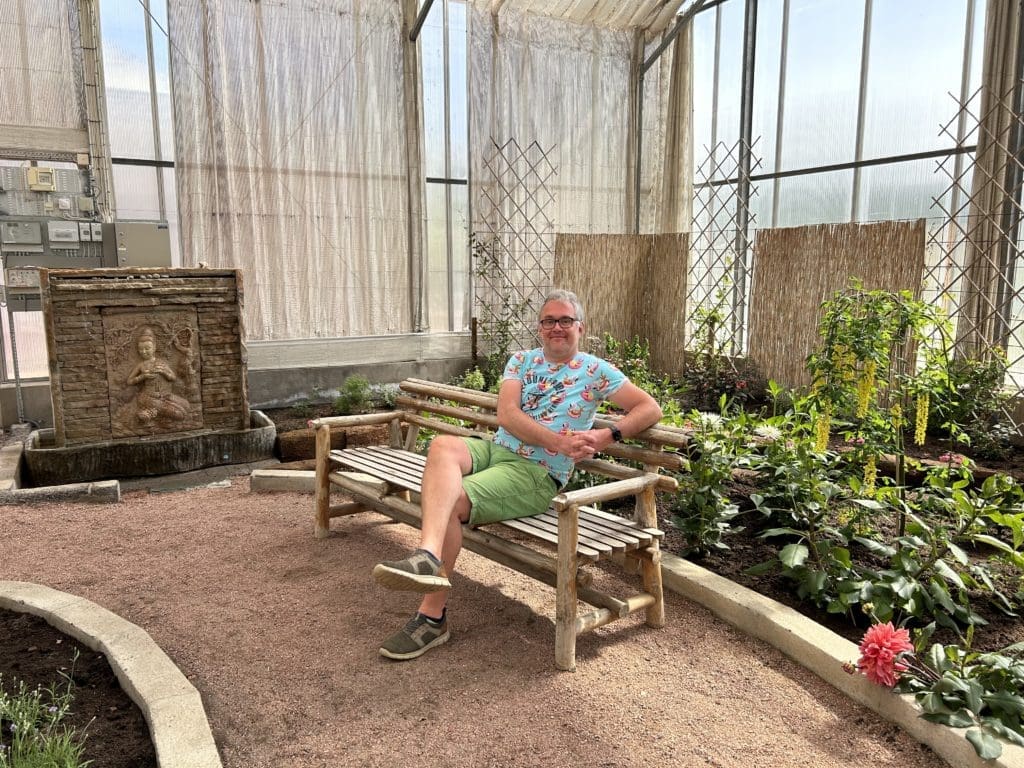
This was truly a beautiful and exciting excursion. You don't always come across a royal Thai pavilion when you're travelling, but suddenly it's just peeking out from between the trees.
Dead drop
While you're in the neighbourhood, you should stop by the Döda fallet nature reserve. The story behind the fall dates back to the late 1700s when it was decided to divert water from the Indalsälven river past Storforsen and through a gravel ridge. The idea was that it would facilitate rafting when the timber was broken up in Storforsen on its way to the sawmills on the coast.
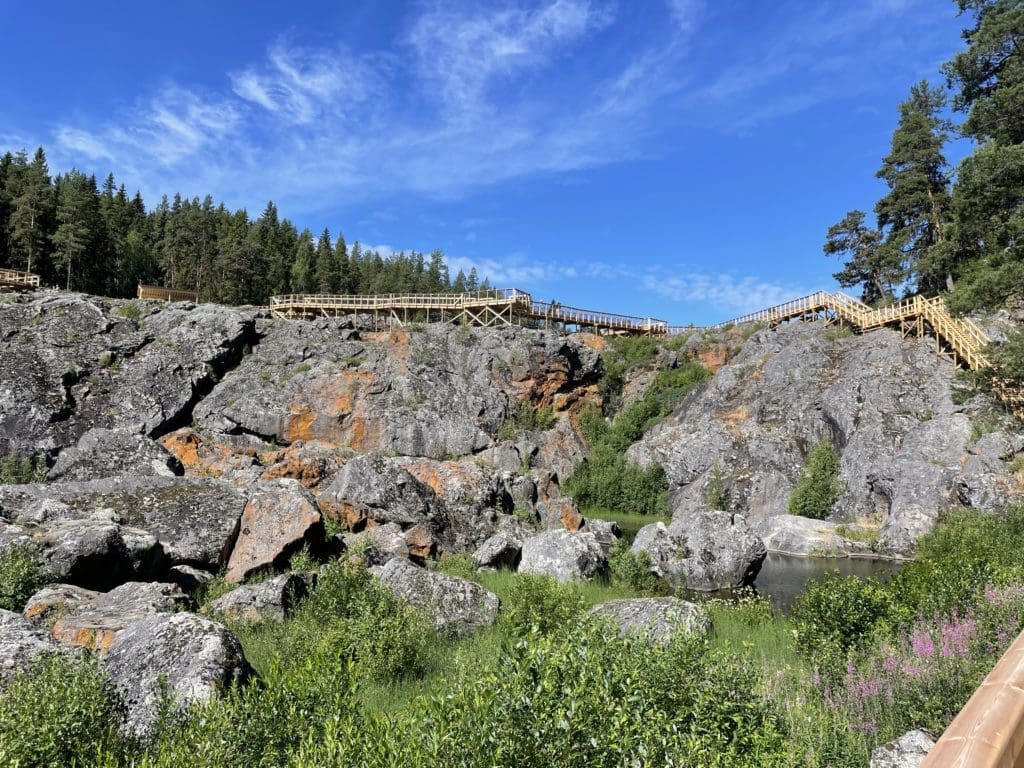

An engineer named Magnus Huss was commissioned to lead the project to dig the canal where the water would flow at a slower pace and where the timber could be transported. In 1796, however, disaster struck when the gravel ridge broke and Lake Ragunda was emptied of 1,000 million cubic metres of water in four hours. Houses, barns and sawmills were swept away by the floodwaters, and immense damage was caused to the land where the water flowed. Miraculously, no people died but the environment around the falls was changed forever.
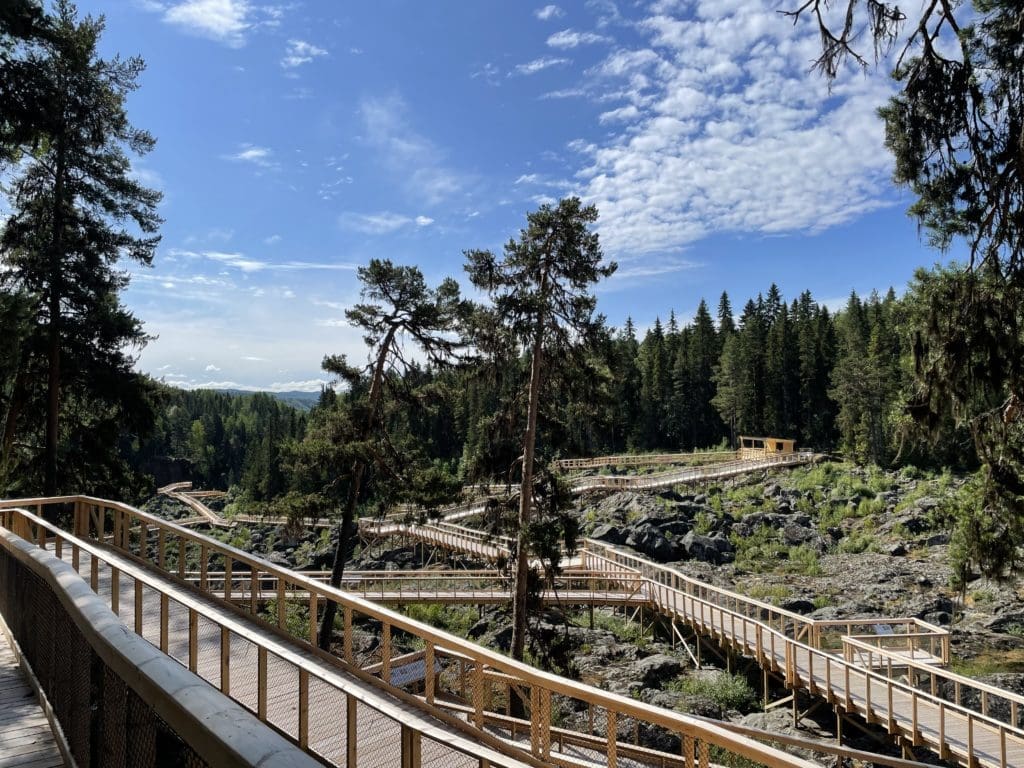

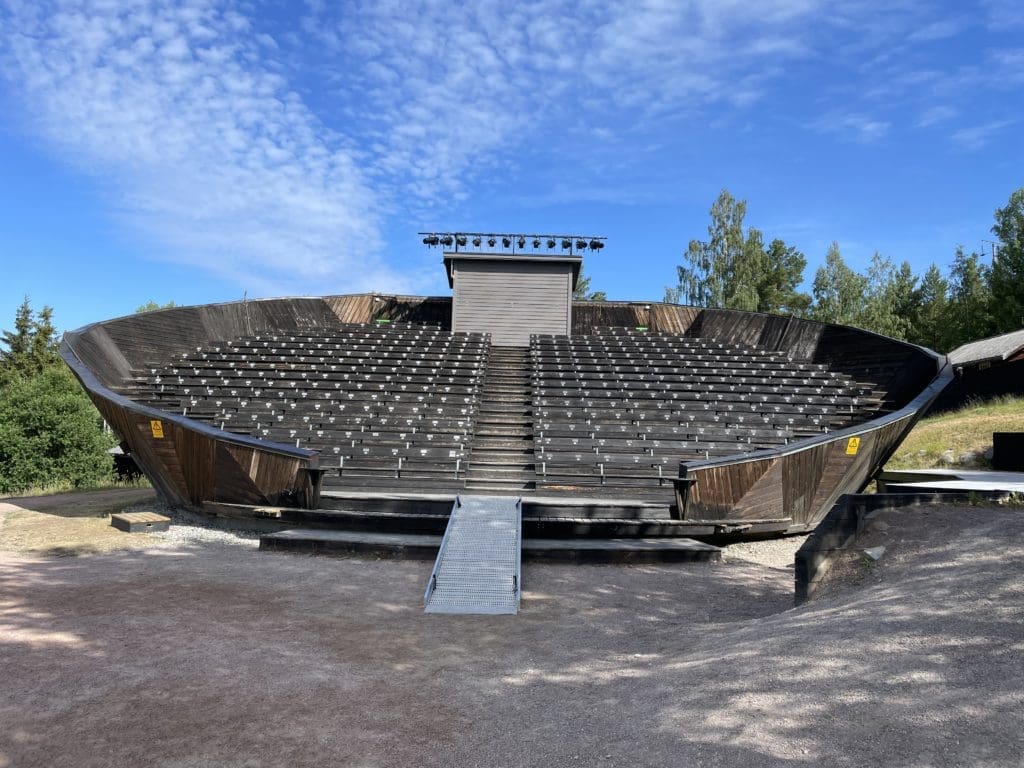
The site is incredibly well organised with long ramps stretching across the whole area. It is beautiful and mesmerising to imagine how the water once flowed. There is also a revolving theatre, a stage where the audience is turned around to the stage where the play takes place. Summer theatre and concerts are held here from time to time.
After this exciting day we moved on to Ulvön, which you can read about here. here.





